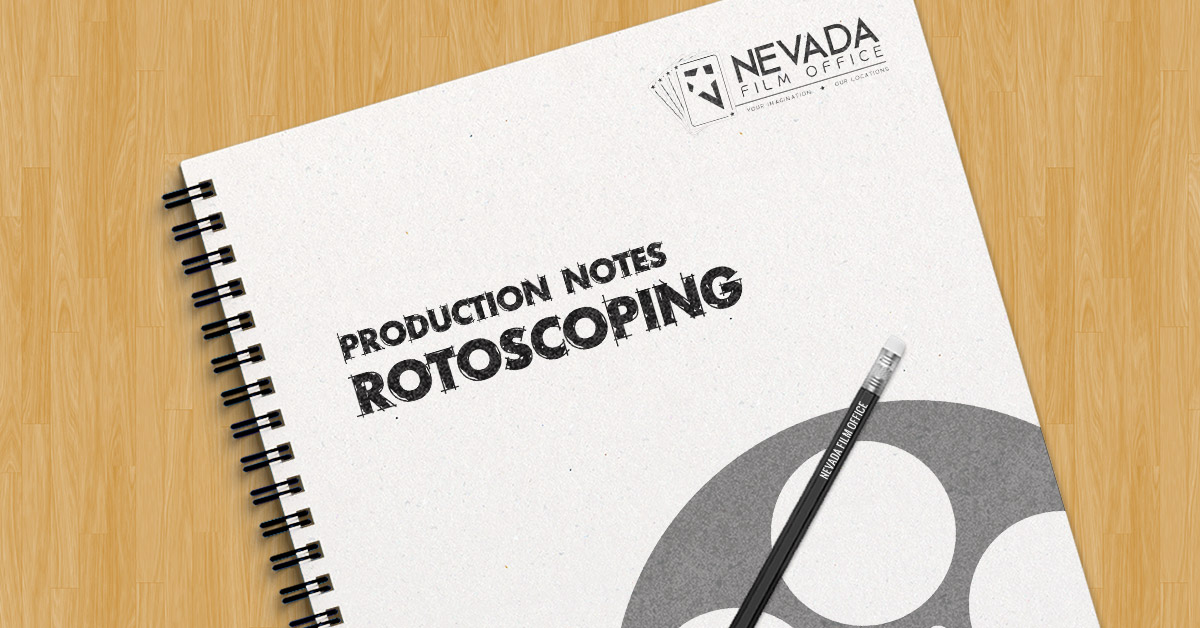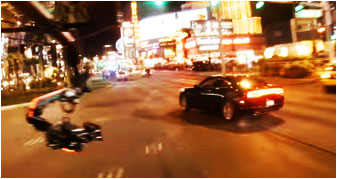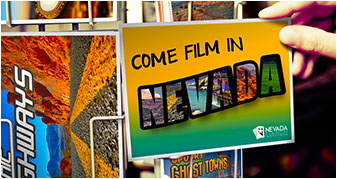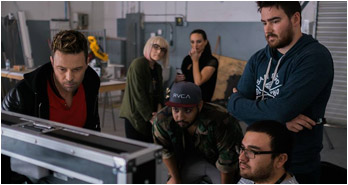
What Is Rotoscoping?
Rotoscoping is an animation technique in which artists trace outlines of objects and people, frame-by-frame, from live-action film in order to create more realistic animated sequences of gestures, movement, facial expressions, clothing, and even hair. It is also used for the purpose of extracting or separating the object or person from the footage.
Invented by animator Max Fleischer in 1915, the rotoscope technique was originally conceived as a shortcut to animating, however, it proved to be very time consuming and labor-intensive due to the precision required of the tracing.
Fun Fact: One of pop culture’s most well known uses of rotoscoping is A-ha’s “Take On Me” (1984).
The process of rotoscoping was typically aided by the use of a rotoscope, a device that projects and enlarges individual frames of footage of live-action movement onto a drawing board as a guide. For example, if someone were filmed walking, the footage would be projected frame-by-frame onto a drawing board, and the artist would manually trace that person’s outline from each frame. Transparencies were also commonly used to make tracing easier. Nowadays, there is advanced digital rotoscoping technology available to help automate the process.
See how rotoscoping works below:
“VFX Tips & Tricks – What is Rotoscoping?” by Surfaced Studio
Another Fun Fact: When Fleischer’s exclusivity patent expired in 1934, Walt Disney Studios produced their first animated feature using the rotoscoping method for Snow White and the Seven Dwarfs (1937) – source.
At times, rotoscoping can take more time and work than would have been necessary if the production knew ahead of time, before filming, which element(s) they specifically wanted to extract from their shot. Then other techniques could have been employed during filming to help save the production time and money as well as make the production process much more efficient. This is why it is important to have a VFX Supervisor involved during the pre-planning stages as they can help determine ways to optimize filming for the VFX team doing post-production work.
If you are looking for visual FX artists, animators, post-production editors, or other industry professionals for your next production, check out our online Nevada Production Directory to find experienced Nevada production crew or drop by our office and pick up a free printed directory!
If you offer production and film-related services in Nevada and are not yet listed in our Production Directory, you can learn more about how to sign up for the NPD here.
BONUS: Here’s a list of even more films that used rotoscoping.
Featured Business
Advertisement
Disclaimer: The information contained in this article is deemed to be accurate and true to the best of our knowledge. All data and information provided on this site is for informational/entertainment purposes only. If there are any inaccuracies, you may submit corrections and sources by visiting our Contact page. Nevada Film Office makes no representations as to accuracy, completeness, currentness, suitability, or validity of any information on this site & will not be liable for any errors, omissions, or delays in this information or any losses, injuries, or damages arising from its display or use. All information is provided on an as-is basis. We do not sponsor or endorse anyone in our posts nor do we receive compensation of any kind in exchange for providing information about specific websites or resources unless otherwise noted, so please check for references, business licenses or credentials as you feel necessary.





Connect With Us
Proud Members of: